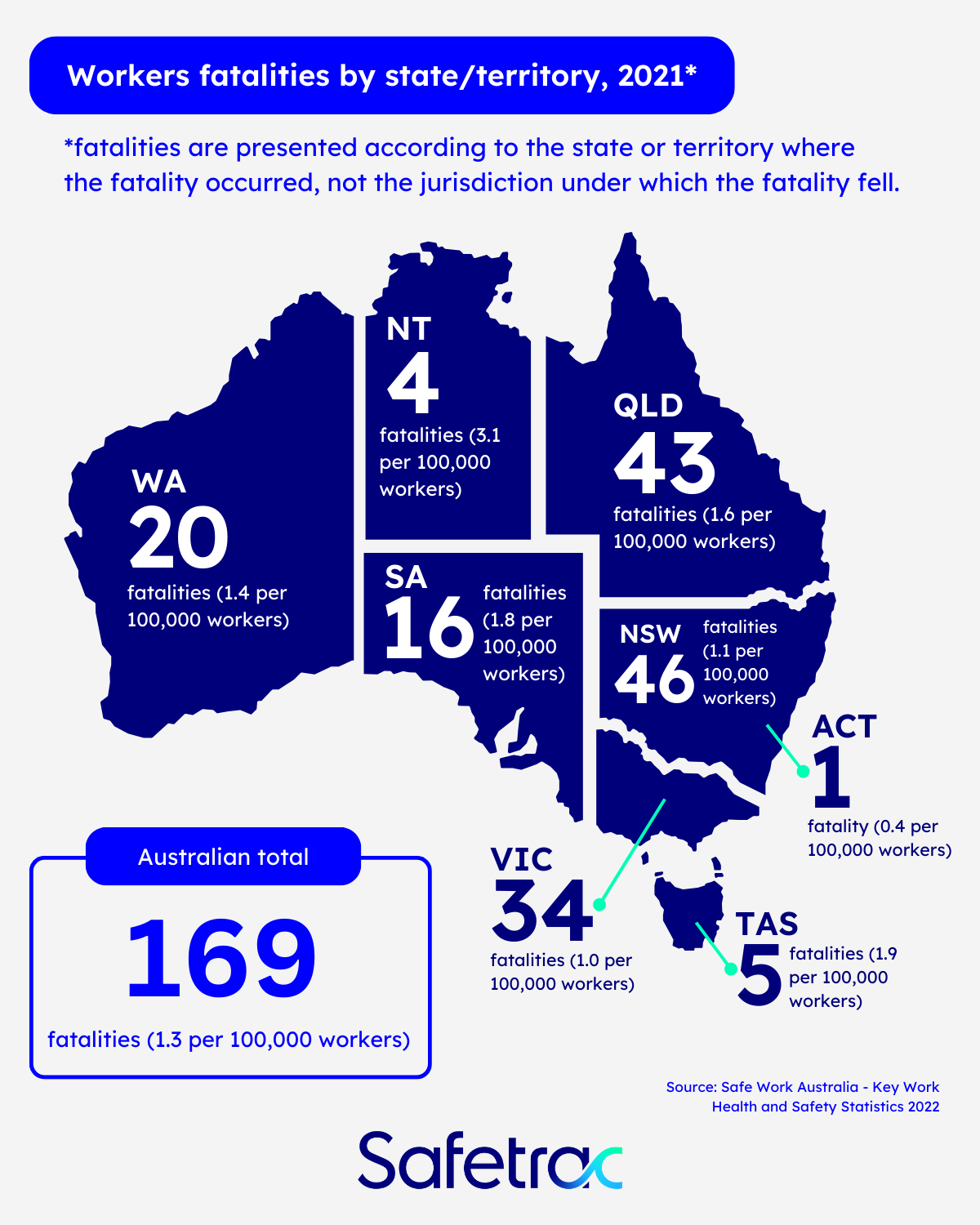October is National Safe Work Month—a time for employers and workers across Australia to commit to creating safe and healthy workplaces. Let’s get back to basics by unpacking the fundamentals of Work Health and Safety (WHS) that everyone should know.
What is Work Health and Safety (WHS)?
Work Health and Safety (WHS) refers to the policies, procedures, and practices in place to protect the health, safety, and well-being of everyone in the workplace. It’s about creating a safe environment where workers can perform their duties without the risk of injury or illness.
In Australia, WHS is governed by the Work Health and Safety Act 2011 (Cth) at the federal level, outlining the duties of employers, workers, and others in the workplace. This Act requires employers to ensure workplace safety and workers to take reasonable care. Each state and territory have its own WHS legislation, like the Work Health and Safety Act 2011 (NSW) and Occupational Health and Safety Act 2004 (VIC), which align with federal law but may have unique provisions. Together, these laws create a comprehensive framework to protect health and safety in workplaces across Australia.

Why WHS matters for organisations
Understanding and implementing WHS practices is crucial for organisations because:
- Legal obligation: Compliance with WHS laws is mandatory. Failure to adhere can result in heavy fines and legal consequences.
- Reputation management: A safe workplace enhances an organisation’s reputation, making it more attractive to potential employees and clients.
- Employee productivity: A safe environment reduces the likelihood of accidents, leading to fewer disruptions and higher productivity.
Why WHS matters for individuals
For individuals, WHS is not just a workplace concern; it’s personal:
- Health and well-being: Ensuring a safe workplace means protecting your health and well-being, both physically and mentally.
- Rights and responsibilities: Every worker has the right to a safe workplace, but they also have responsibilities to follow safety procedures and report hazards.
- Long-term impact: Ignoring safety protocols can have long-term effects, including chronic injuries or illnesses.
Key elements of WHS everyone should know
- Risk assessment: Identify potential hazards and assess the risks associated with them.
- Safety training: Regular compliance training ensures that all employees understand safety procedures and how to apply them.
- Incident reporting: Encourage a culture where reporting incidents or near misses is standard practice to prevent future accidents.
- Personal protective equipment (PPE): Use appropriate PPE to mitigate risks in hazardous situations.
How to promote WHS in your workplace
- Leadership commitment: Leaders must prioritise safety and lead by example.
- Employee involvement: Engage employees in safety discussions and decision-making processes.
- Continuous improvement: Regularly review and update safety protocols to adapt to new risks.
By focusing on these fundamentals, we can all contribute to safer workplaces during National Safe Work Month and beyond. Let’s commit to making safety a priority every day.
To learn how to implement WHS training in your organisation, contact us for more details about our training programs and guidance on taking the first steps.



